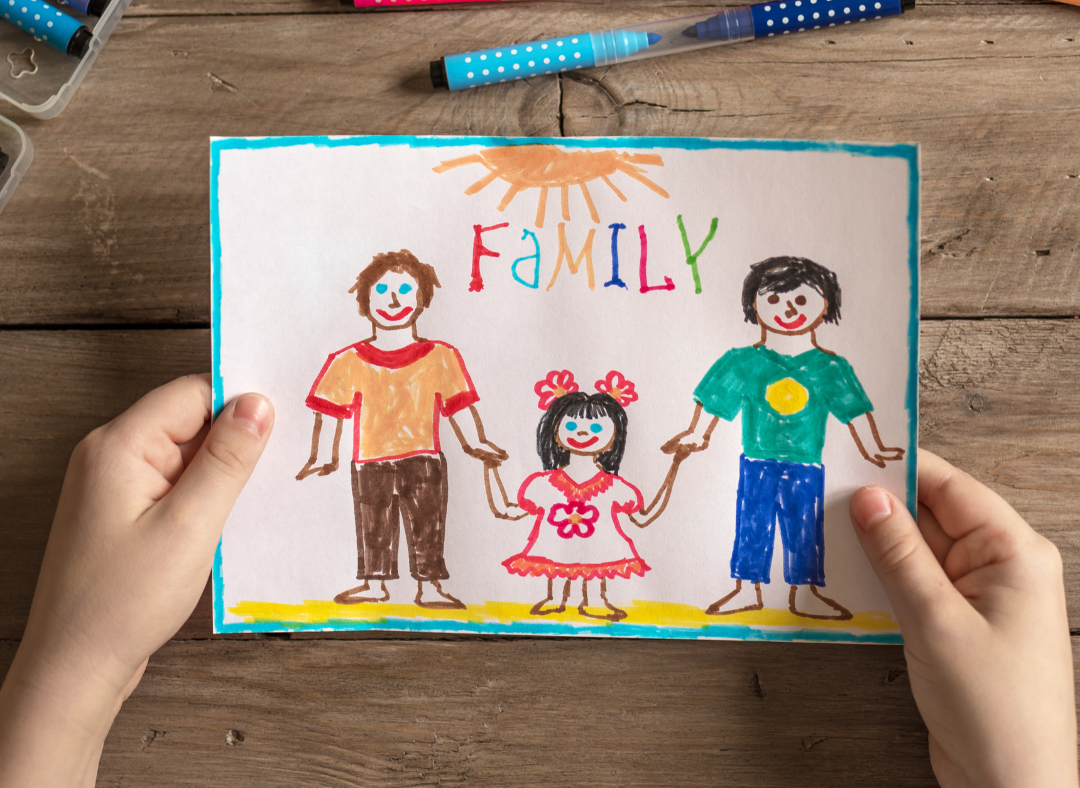Does your relationship with your parental figures affect your overall worldview on relationships?
The answer to the above is “YES”, your childhood attachment styles have a significant impact on later adulthood relationships. Attachment styles are formed within the first few years of a child’s life (3 to 5 years) and refer to “how individuals interact with and attach to the people closest to them”, ranging “from secure to insecure attachment styles.” This article aims to expand the latter statement through exploring the internalised behaviours caused by the type of relationship we have with our parental figures.
John Bowlby (1988) was a British psychologist who highlighted the importance of a child to receive consistent love and care from a physically and emotionally present parental figure throughout their childhood and adolescence. Bowlby’s attachment theory refers to the theory that infants have an inherent need to form a close emotional bond with their primary caregiver and such a bond will form if the primary caregiver responds accordingly (Holmes, 2014; James 2015).
There are four types of attachment styles, namely (1) secure, (2) insecure-anxious, (3) insecure-avoidant and (4) disorganized attachment style (Bowlby & Ainsworth, M. 2013).
- Secure attachment: when the infant can rely on their caregiver as they are reliably responsive to the infants’ emotional and physical needs; and as a result they (infant) develop a positive self-esteem and can focus on learning from and about their environment. Infants’ internalised behaviour = “The world is safe, people can be fun and trusted, I am loved and of value”
- Insecure-anxious attachment style; when the infant cannot rely on their caregiver as they are not fully attuned to their needs, and therefore consistently have to cry for help to let the caregiver know that they are needed, AKA “attention seeking”. The infant develops a style of interacting with others that will communicate a high level of need. “The world is uncertain, people are unreliable, I do not have high value and I have to work hard to get people to like/love me.”
- Insecure-avoidant attachment style; whereby the infant tries to suppress his/her negative emotions/experiences because they are afraid their caregiver will ‘abandon’ them. The downside of this is that the infant feels unseen and not valued. Their self-esteem suffers and they become chronically anxious because they never feel safe enough to express their needs and therefore have to constantly suppress their natural emotional expressions resulting in high levels of stress hormones being produced. “The world is unsafe, I must remain distant to avoid rejection, I cannot rely on others, I do not have high value and I am un-loveable.”
- Disorganized (fearful) attachment style; when the infant feels safe and frightened by their caregiver,resulting with the infant struggling to work up any strategy to keep themselves safe in their relationship with the caregiver. Their only focus in life is keeping safe and this is often achieved through dissociating, whereby they learn to switch off from the present when things get too frightening or painful. “The world is dangerous, people are scary and unpredictable, and people will harm me if I do not take control, I am of no value and I know fear but am unsure of any other emotion”.
According to Bowlby (1988) detachment is the child’s unconscious attempt to not risk getting close to anyone in case the discomfort which was caused by the initial ‘abandonment’ is to repeat again (Holmes, 2014). A study by James (2015) highlights that ‘repairing’ the damage detaching from one’s caregiver is more likely going to be ‘repaired’ through receiving consistent, stable and unconditional love which then provides a secure base for healing (James, 2015).
Attachment styles are not genetically inherited, however they often pass down from parents to their children. Unfortunately parenting is not formally taught, and thus individuals tend to do what they learned from their own parenting experiences (Holmes, 2014). Additionally so, research suggests a possibility of developing a more secure attachment style with some forms of intervention, also known as “earned secure” attachment style (Olufowote et al, 2020).
However those who have not resolved their attachment styles, tend to not only parent their children the way they were parented but to also project their experiences onto their interpersonal relationships, including romantic ones. The ‘fears’ caused by their caregivers thus continue to be experienced throughout their lives, be it abandonment issues, dismissive behaviours, and/or people-pleasing behaviours. On the other hand, having a secure attachment style is more beneficial for our wellbeing and those we interact with (Olufowote et al, 2020).
Curious about your own attachment style? Find out here: https://www.attachmentproject.com/
The Author: Vunene Kimberly Ngobeni (Humanitas Intern)
Here is a little bit more about her:

Hi there!
My names are Vunene and Kimberly, you can call me whichever one you are most comfortable with. The name Vunene means “an emotional person who is known to be generous and altruistic”, and I would like to believe my name defines who I am. I am a Vita Nova Specialist Wellness Counsellor (intern) who began her psychology journey with the University of Pretoria and is proud to be “a Tukkie’s cum laude alumni.” I completed my Honours in Psychology with The South African College of Applied Psychology (SACAP) last year.
I am deeply interested in Attachment & Childhood Development, Trauma, Substance Abuse, Loss & Grief, Abnormal Psychology, Sexual Orientation (LGBTQ+) and Self-Care. I love working with teens and young adults, and my end goal is to become a Clinical Psychologist.


